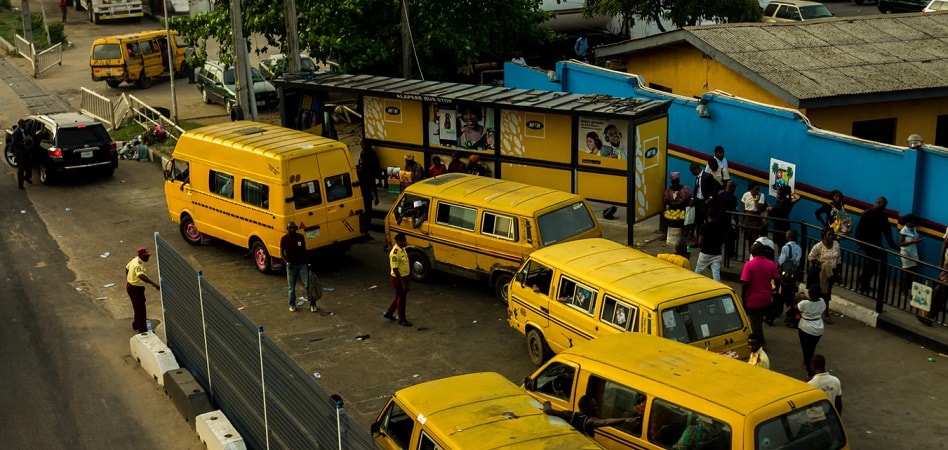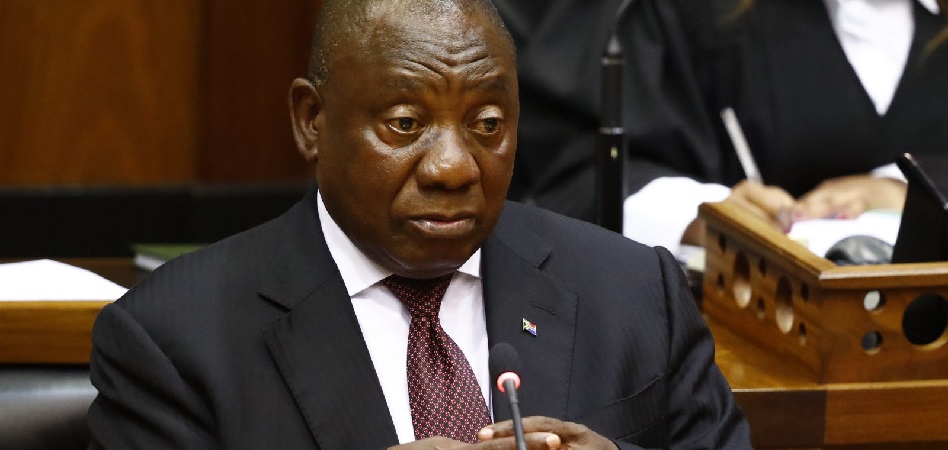A Changing World: Africa, litmus test to become (finally) a future market
Instability, corruption, infrastructures and barely diversified economies are the obstacles for the economic development in the eternal promise of the world.

Fashion business’ game board has turned around. The legacy of the crisis, instability, the peak of populist movements, the attempts to move backwards in globalization and the threat of the global economic downturn has made almost all the predictions fail one by one. The world undergoes a transformation, and fashion, as a global player, must adapt and transform with it. MDS will go through the keys for the new order in the most important markets in the sector and how this can affect one of the most globalized business in the world.
Africa does not completely take off. The poorest continent in the world is also the eternal promise of the planet, but its economies advance at an idle speed and with large inequalities in its extremely broad territory, with an area that surpasses that of Europe and South America together. Africa will have to overcome great challenges, from the political instability to the dependence of some of its powers to petroleum, in order to take the role that has been claiming for so long in the global board.
The biggest of all them is probably how to manage a population growth like never before in history. The continent keeps multiplying the fertility rates of the rest of the planet, although in the Western world they are keep decreasing, and it is expected that its population doubles in the upcoming four decades, going from 1.2 billion inhabitants that has today to more than 2.5 billion in 2050, according to the United Nations (UN).
In the following decades, the number of inhabitants of the continent will double again, to 4.5 billion in 2100. Most part of the increase will be due to its most populated country, Nigeria, which will become the third most populated of the world in 2050, thus reaching 800 million people in 2100.

This population explosion is what partly maintains the great expectations set on the continent: on the one hand, it turns it into a rich consumer market; on the other, into an attractive labour market.
Africa is, only behind Asia, the fastest growing continent in the world, with a rise of 3.9% in 2019, according to the International Monetary Fund (IMF) forecasts. Only in the last decade, more than 30 million households took the leap into the middle class, adding up more than 90 million families.
In addition, the continent is rapidly urbanizing: its cities are home to more than 40% of its population, and of the 30 metropolis that will grow most until 2035, 21 are in African territory.
Twenty-one out of the thirty cities that will grow most until 2035 are African
For the industry, Africa is a growing market of young workforce while Asia is ageing. In 2035, the continent will have more working-age population than India or China, according to the report Africa: Mapping new opportunities for sourcing, prepared by McKinsey.
Its production costs are also similar to those of many Asian countries and the productivity of countries like South Africa doubles that of China, according to such report. Besides, in recent decades the continent has reinforced its trade links and its four free trade agreements (Comesa, Gafta, Eac and Sadc) cover half of the African area.
With all this, there are great challenges that hinder the continent from further development both as a consumer market and as a supply hub. In particular, McKinsey underlines three: infrastructures, economy and talent.

First, infrastructures such as energy, communication technologies and roads are under-developed in most of the continent. The penetration of the Internet is near 20% (though it is higher in countries like Kenya and Morocco, and lower in Ethiopia or Mozambique), and although the use of the mobile phone has spread quickly, the population that owns a smartphone is still low.
Another of the barriers are those related to economy. The high tariffs to trade with the Western counteract the low production costs and the currencies of most of the sub-Saharan countries have lost value against the dollar. The rate of bankarization, on the other hand, is very low, although some mobile platforms that allow making transferences without the need of having a bank account are already emerging.
Last, even though labour costs are low, the school enrolment rate is also much lower than those in other low-cost supply hubs. In sub-Saharan Africa, the post-secondary school enrolment rate stands at 6%, compared to 26% of the world average, and more than 20,000 professionals leave the continent every year to work outside Africa.
Economy: diversify to continue growing
Africa as a whole will grow by 3.9% this year, compared to 3.4% from last year, according to the IMF. The organism divides its forecasts into three large regions: sub-Saharan Africa, North Africa (which groups together with Middle East, Afghanistan and Pakistan) and South Africa.

For North Africa, the IMF forecasts growths of 2.4% in 2019 and 3% in 2020, while for sub-Saharan Africa the growth is expected to be of 3.5% in 2019 and 3.6% in 2020. However, the evolution will be very uneven between countries: while Angola and Nigeria revised its expectations downwards due to the moderation of petroleum prices, almost a third of the economies will grow above 5% over the upcoming two-year period.
Finally, to South Africa, one of the most developed economies in the continent, the forecasts are around a rise of 1.4% this year and 1.7% in the following one. The country is the second largest African power, only behind Nigeria and ahead of Egypt, Algeria, Angola and Morocco.
Some of the great challenges for the economic development of the continent are the diversification of the sources of wealth generation (today very dependent on natural resources) and the economic stability, hindered by the lack of democratic development in some of its great powers.
African countries are making up for these weaknesses with attempts at integration. In this regard, last year 44 African countries signed an agreement to create a free trade area in the continent, although the absence in the pact of Nigeria and South Africa, its two major powers, minimizes its impact.
Last year, the G20 also launched the initiative Compact with Africa, with the objective of accelerating investment in the private sector and creating jobs in the continent.
“The central idea behind the Compact is a simple one: create a platform for closer coordination between African countries, international organizations, and bilateral G20 partners to support economic, business, and financial sector reforms that will attract private investment,” explained Christine Lagarde in an article published at the end of last year on the IMF blog, which supports the project.


info@themds.com
Validation policy for comments:
MDS does not perform prior verification for the publication of comments. However, to prevent anonymous comments from affecting the rights of third parties without the ability to reply, all comments require a valid email address, which won’t be visible or shared.
Enter your name and email address to be able to comment on this news: once you click on the link you will find within your verification email, your comment will be published.